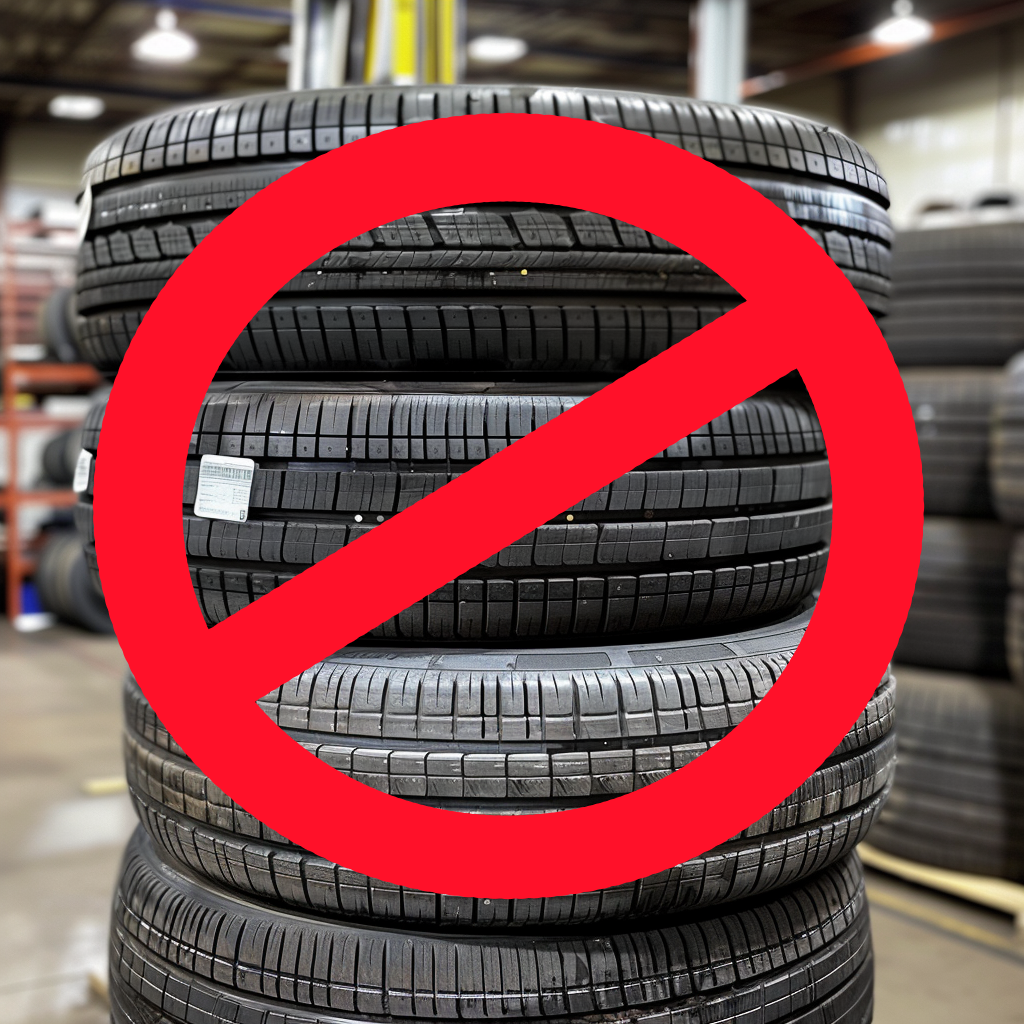In a significant step forward for environmental protection, the Environmental Protection Agency (EPA) has finalized the first-ever national drinking water standard for “forever chemicals,” setting strict limits on the amount of these toxic substances that can be present in public water systems. The new rules aim to protect against health risks associated with exposure to per- and polyfluoroalkyl substances (PFAS), which have been linked to various illnesses, including certain types of cancer, liver and heart damage, and developmental issues in children.
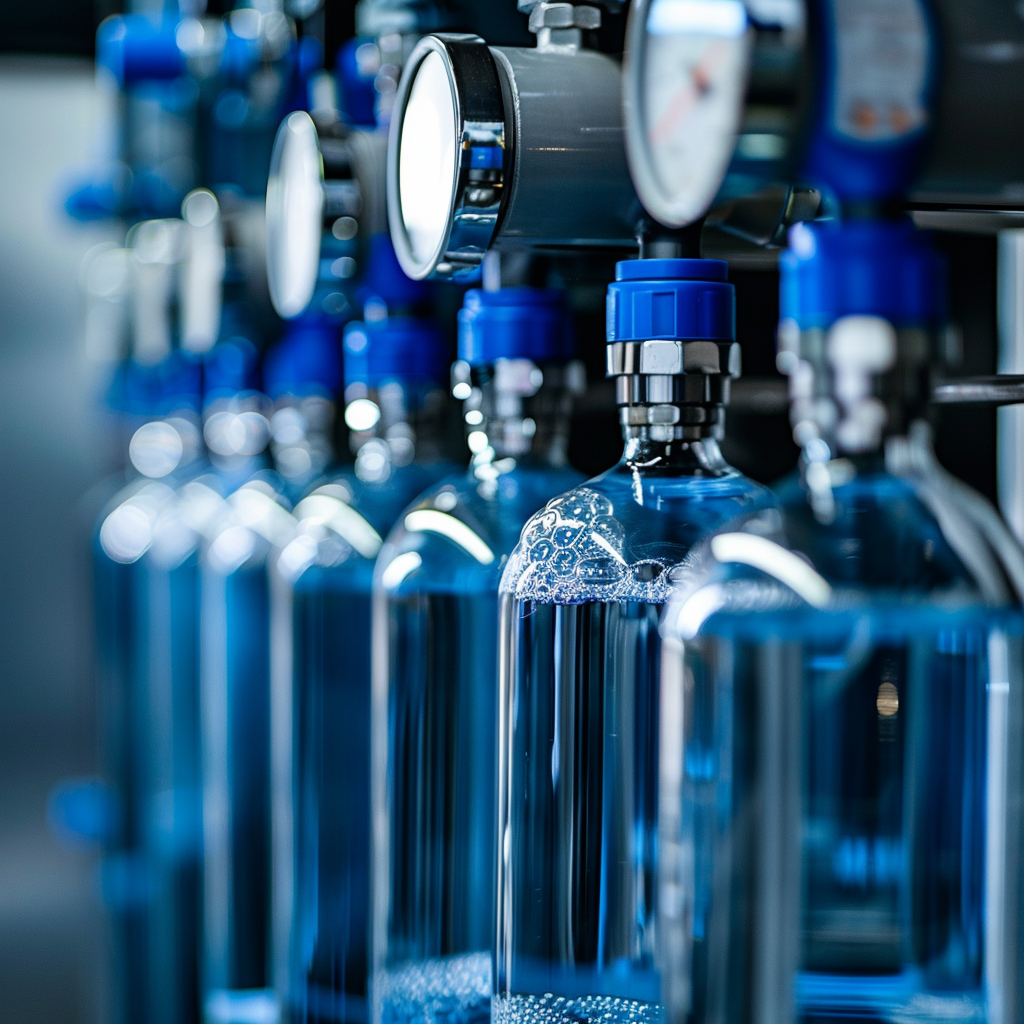
While this is a good first step for setting national drinking water standards, clearly more still needs to be done. No mention of Polyaromatic hydrocarbons (PAHs) in the standard although according to the EPA’s archives no safe limit has been established in drinking water.
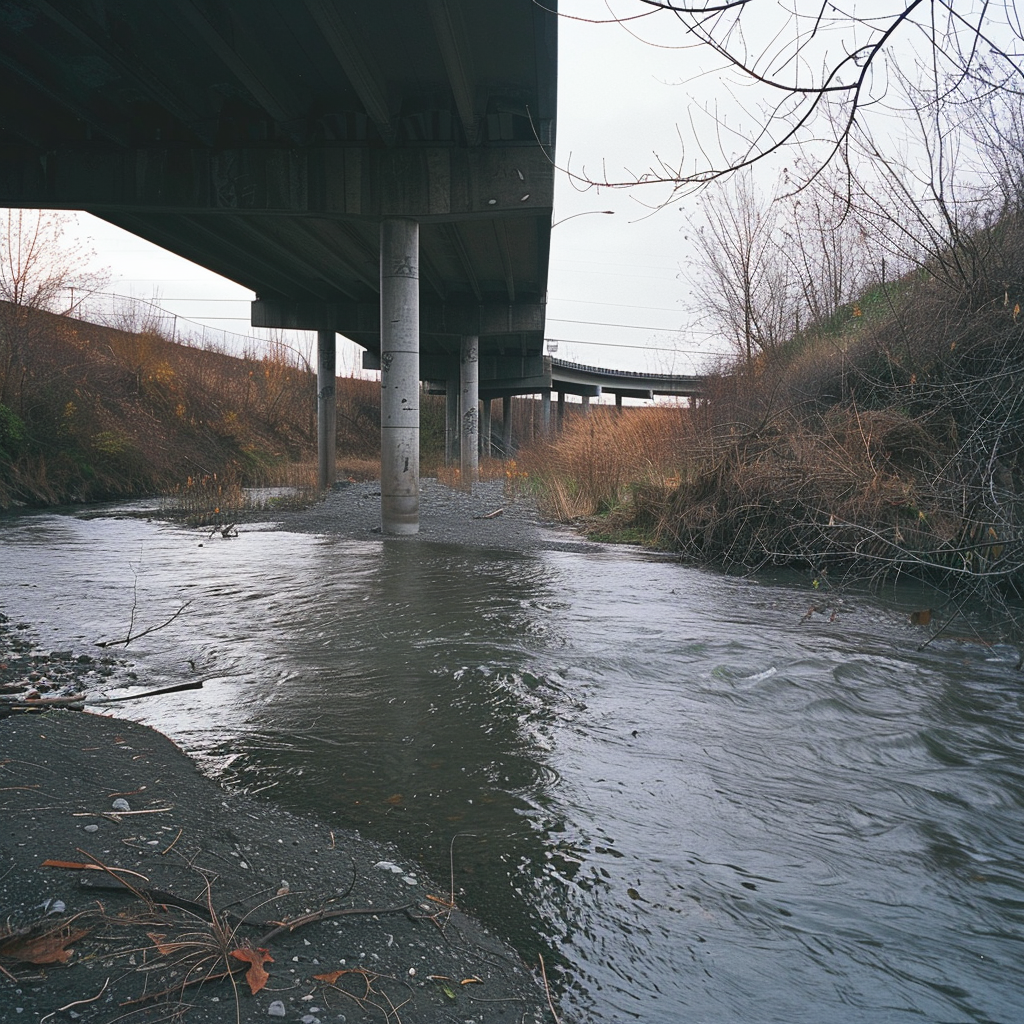
According to a recent report issued by researchers at Imperial College London, “There is emerging evidence that tyre wear particles and other particulate matter may contribute to a range of negative health impacts including heart, lung, developmental, reproductive, and cancer outcomes.”
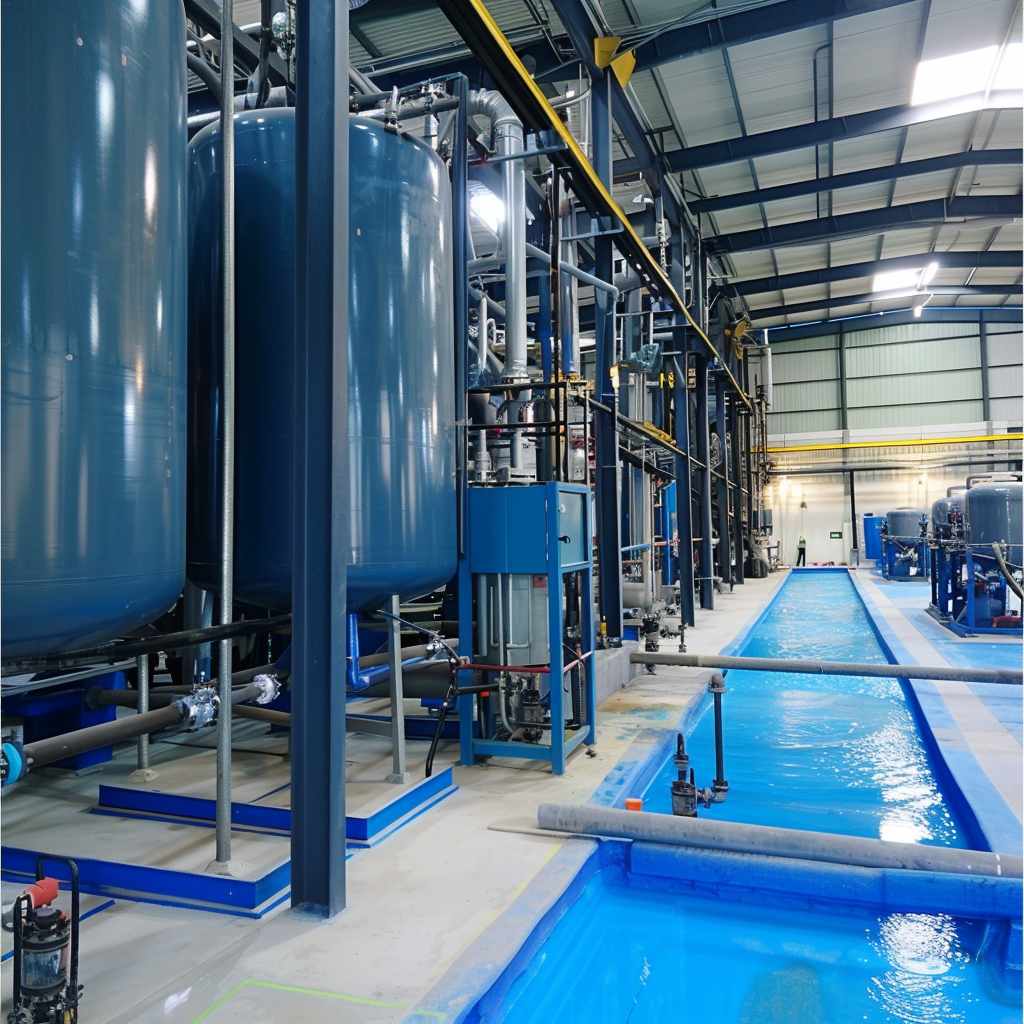
EPA Administrator Michael Regan announced the final rule on Wednesday, stating, “Drinking water contaminated with PFAS has plagued communities across this country for too long.” The new regulations mark the “first-ever national, legally enforceable standard” for these persistent chemicals.
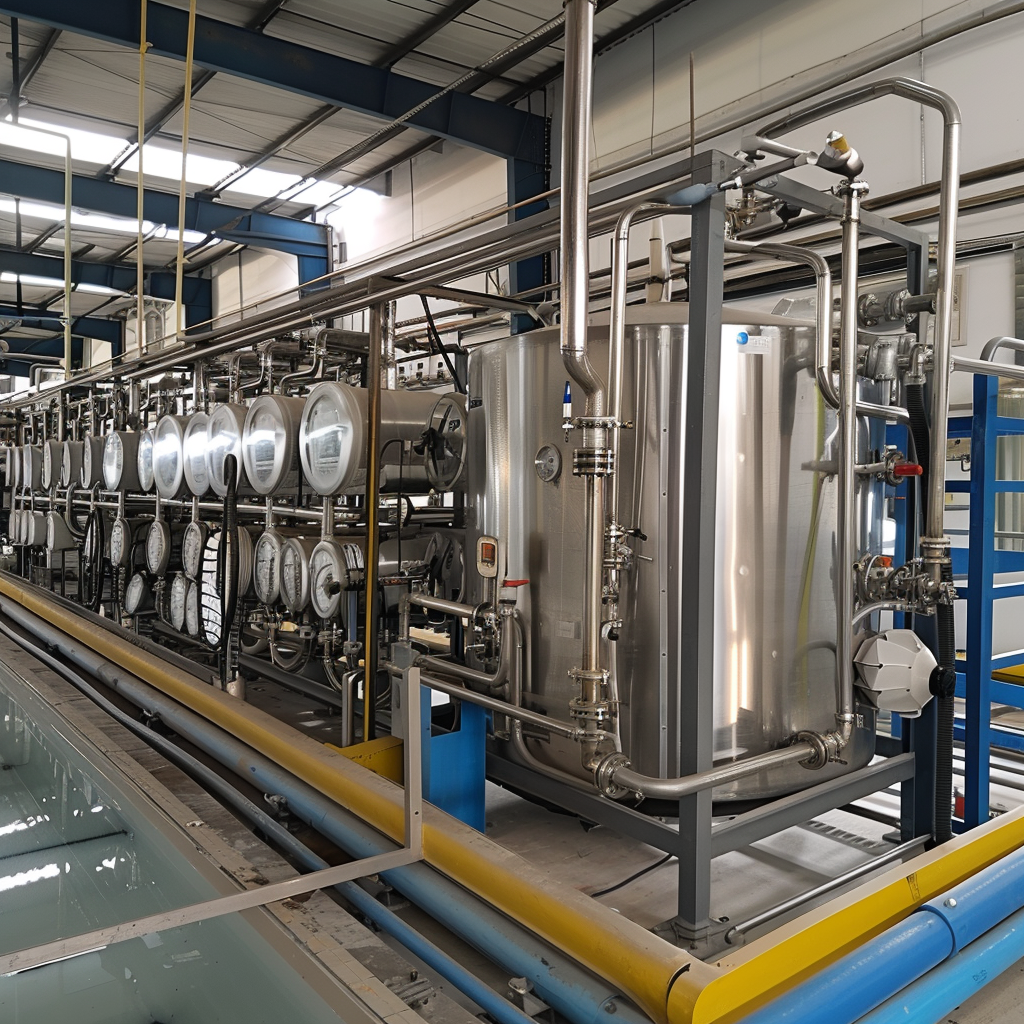
Under the new rules, common types of PFAS – PFOA and PFOS – are limited to 4 parts per trillion (ppt), while a trio of other PFAS compounds – PFNA, PFHxS, and so-called “GenX Chemicals” – will have individual limits of 10 ppt.

The EPA estimates that about 6%-10% of the approximately 66,000 public drinking water systems in the United States will be impacted by the new rule, with all systems given three years to complete initial monitoring for the chemicals.
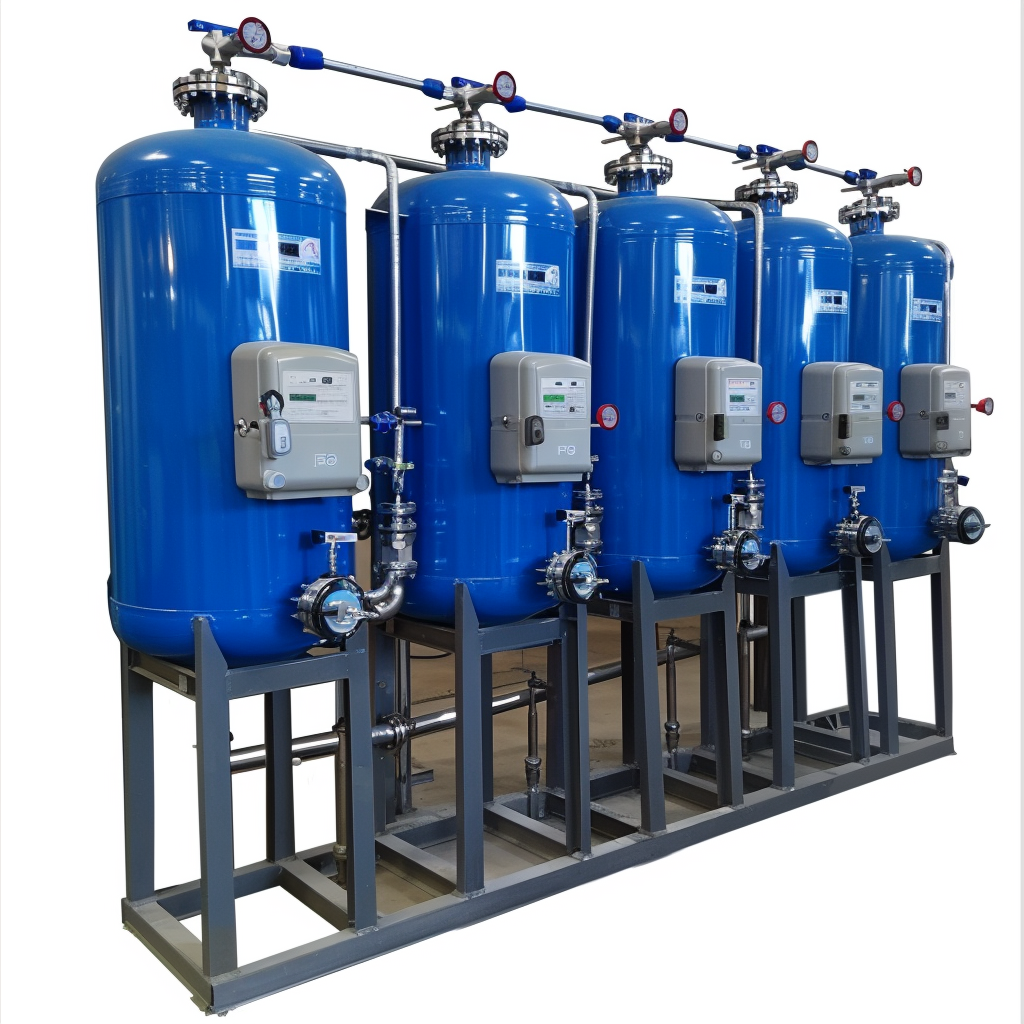
Water utilities whose PFAS levels exceed the standards will have five years to bring them down to the regulated level. In addition to the rule, the Biden administration has allocated nearly $1 billion in new funding from the Bipartisan Infrastructure law to assist states in testing for and treating public water systems contaminated with forever chemicals.

Private well owners will also receive help in combating PFAS contamination through this funding initiative. The White House noted that communities like Oakdale, outside of St. Paul, Minn., have suffered from decades of PFAS-containing waste and higher rates of cancer as a result.

Dr. Danielle Carnival, deputy assistant to the President for the Cancer Moonshot, stated that the reductions in exposure to toxic substances delivered by EPA’s standards will further the Biden Cancer Moonshot goal of reducing the cancer death rate by at least half by 2047. The EPA has previously reported that a lifetime exposure of even small amounts (0.004 ppt and 0.02 ppt) of PFOA and PFOS could compromise a person’s immune and cardiovascular systems, underscoring the urgency for strict drinking water standards.
The American Public Health Association (APHA) called the new rule “a significant victory for public health” and expressed its gratitude to the EPA for taking this critical step. When the EPA will take up the issue of Polyaromatic hydrocarbons (PAHs) released into drinking water tables from tires is up for debate, but they will show up in the testing that will be done under the current standards so the issue will need to be addressed soon.

Some Companies are already addressing the issue and finding different compounds for their tires that are less dangerous to drinking water. Continental Tire in conjunction with The Fraunhofer Institute for Molecular Biology and Applied Ecology, Julius Kuehn-Institute, and EKUSA, Continental Tire has produced, and tested, the first tires where the tread is made 100 percent out of dandelion natural rubber as a polymer.

